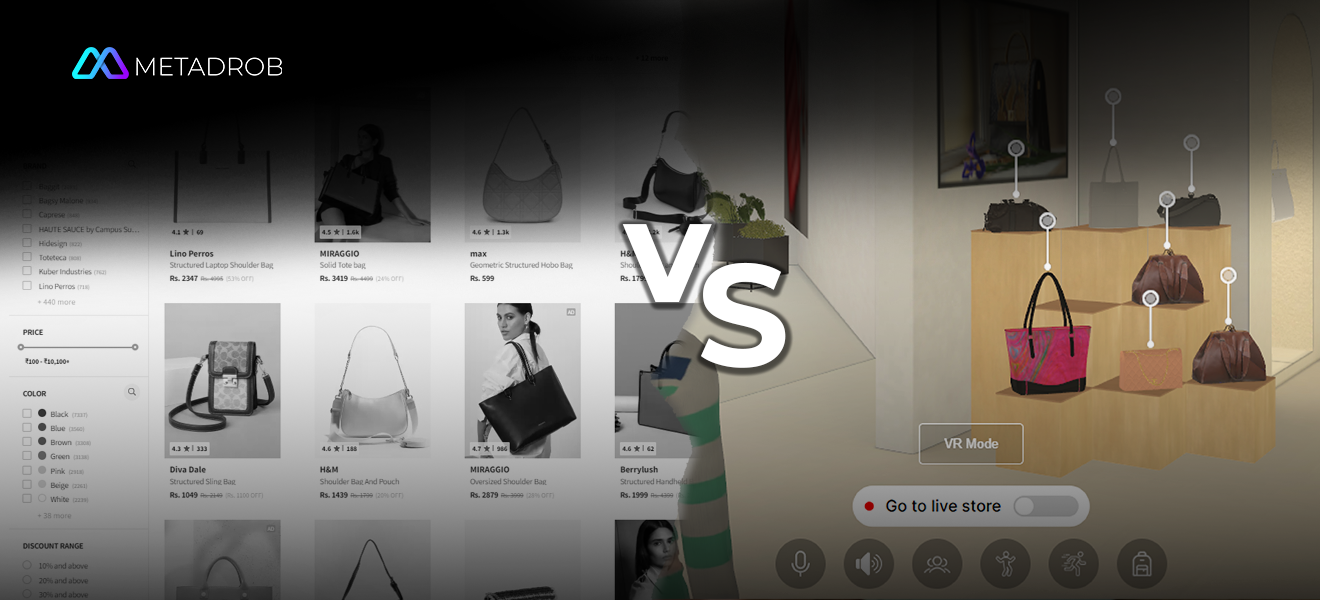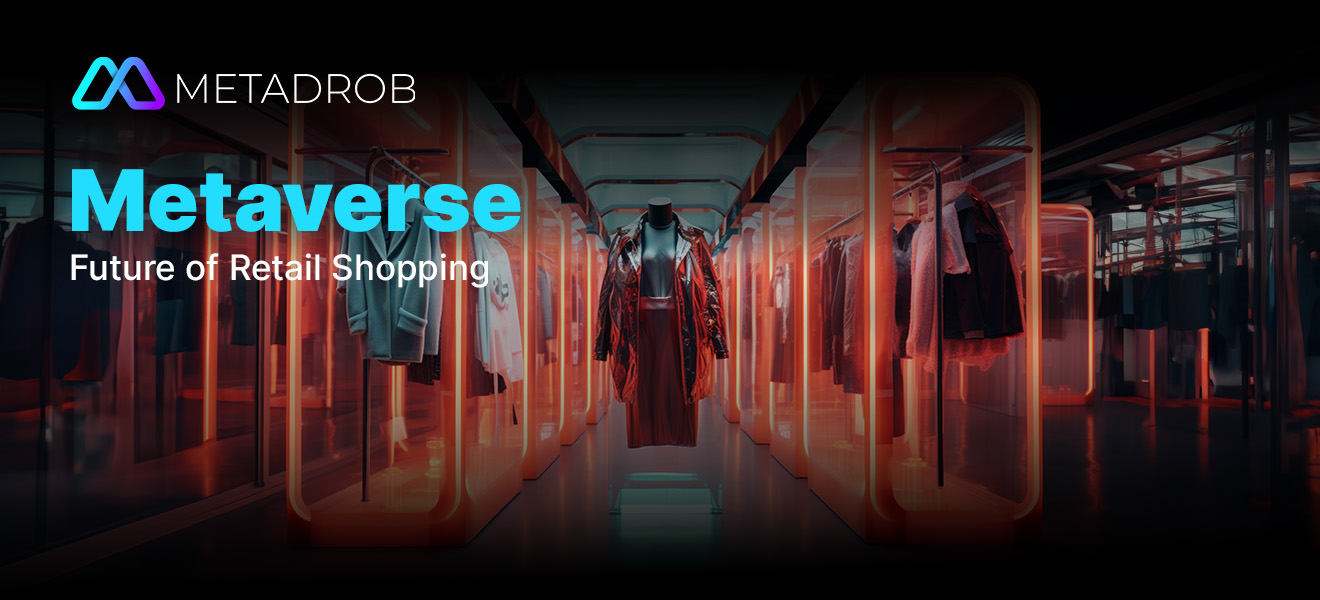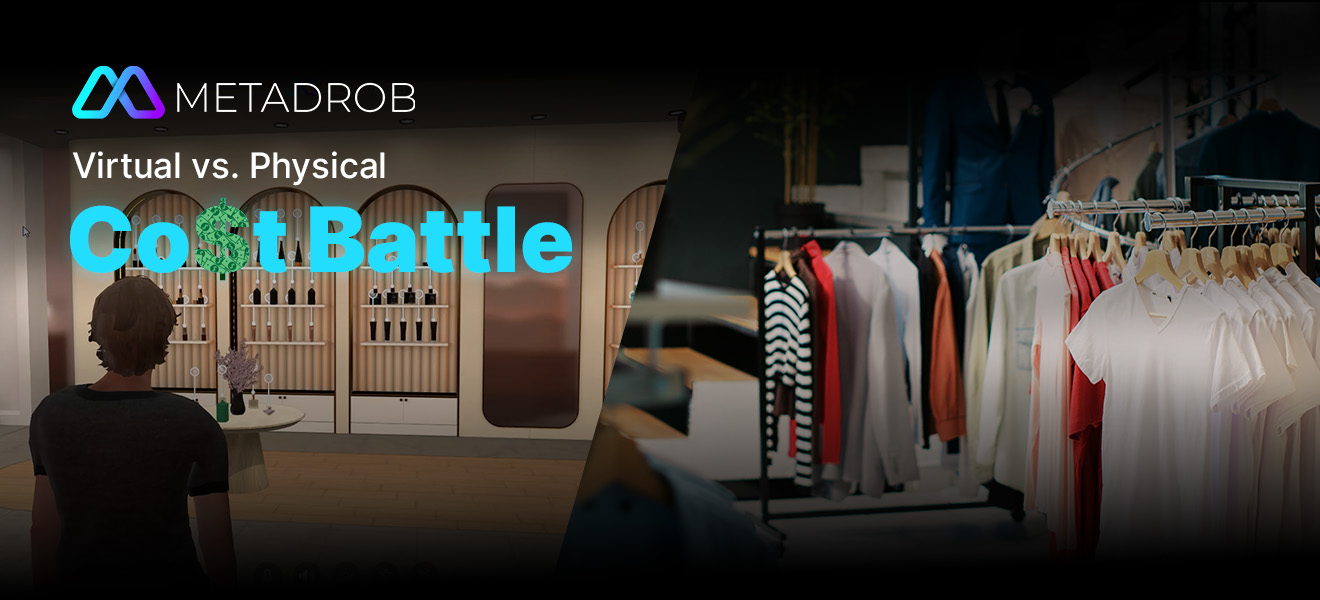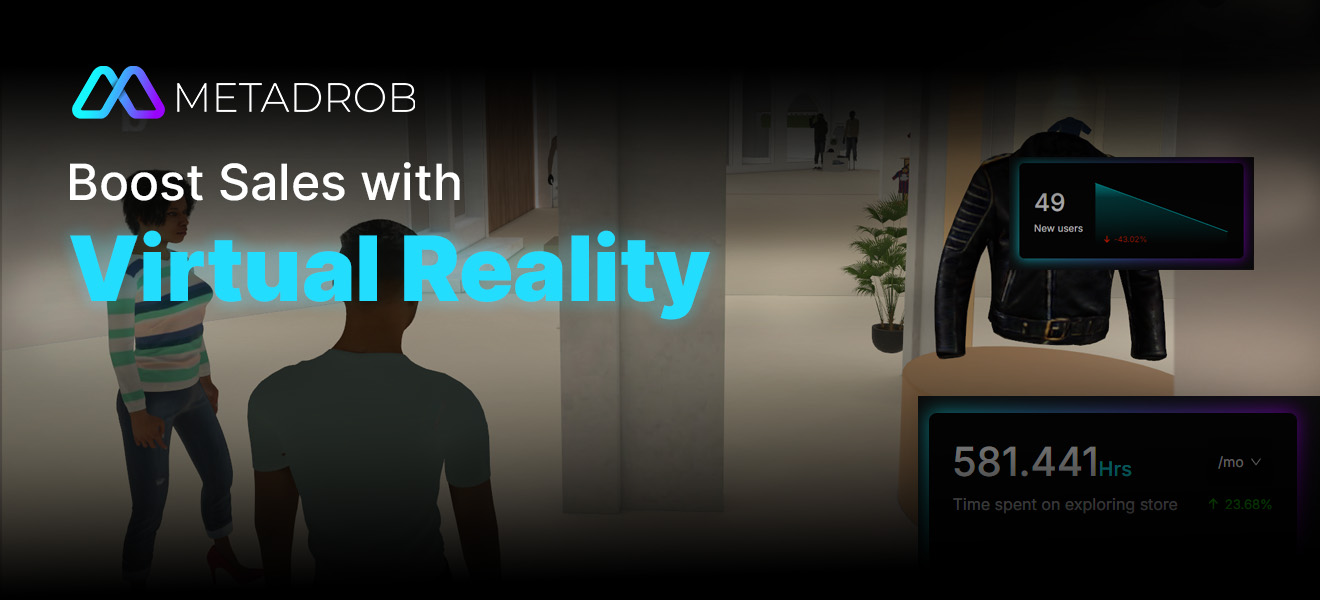Why 3D Virtual Stores Are Essential For Apparel Retailers In The Digital Age

Traditional online stores have been the pillars of e-commerce over the years, helping buyers to purchase from anywhere. They have been strategic pioneers in the retail platform by providing the best interfaces and huge product databases.
However, the rise of advanced technology that has come into the business world is the 3D virtual business. The appealing and immersive 3D virtual stores are gaining popularity very fast. Although conventional online merchants still dominate the majority, the 3D virtual environment has its attraction.
As the retail business advances, the question arises: Which one of the platforms is more suitable for shopping? As much as first-generation online retail shops are good enough in terms of convenience, 3D virtual shops are far more fascinating and mark a significant step towards innovating the business of selling products.
Understanding the Basics
The retail environment has changed significantly, and what were store-based retail outlets are now online. Now, a new frontier has emerged: 3D virtual shops. Here are the differences between the two types of shopping that define them most accurately:
- Traditional Online Stores
- Key features:
- Functionalities:
- Examples:
- 3D Virtual Stores
- Core concepts:
- Technology:
- Examples:
- User Interface and Navigation
Traditional online shops are digital versions of real ones. They provide an easy way for clients to view and buy things. Key features include:
Product listings, a shopping cart, a checkout procedure, and customer account management.
Search and filter options, product descriptions, photos, user reviews, and payment gateways.
Amazon, eBay, Walmart.com.
3D virtual stores build immersive digital worlds that allow shoppers to explore things in three dimensions. They use modern technology to create a more engaging buying experience.
This includes virtual showrooms, product visualization, interactive aspects, and virtual try-ons.
3D modeling, rendering, augmented reality (AR), and virtual reality (VR).
Nike’s virtual flagship store, Gucci Garden.
The UI and navigation system have a huge impact on the purchasing experience. Traditional online stores usually have a flat, two-dimensional structure with menus, categories, and product grids. Conversely, 3D virtual stores provide a more intuitive and dynamic user interface, allowing shoppers to navigate virtual areas and explore merchandise more engagingly.
While typical online stores prioritize product information and convenience of purchase, 3D virtual stores emphasize creating an engaging environment and giving a more realistic shopping experience.
The Shopping Experience
Traditional online stores provide a familiar digital purchasing experience. Customers can browse product categories, search for specific items, and read extensive product descriptions before purchasing. The checkout process is usually simple.
On the other hand, 3D virtual shopfronts transform the shopping experience. These immersive environments take buyers into digital showrooms where they may study things from all angles using 360-degree views and zoom features.
The ability to digitally try on apparel or see furniture in various contexts transforms product discovery and selection. Interactive components and virtual assistants improve the buying experience by making it more interesting and personalized.
While typical online businesses excel at efficiency, 3D virtual stores focus on immersion and engagement. Your ideal shopping experience and the type of products for sale ultimately determine the decision between the two.
Customer Engagement and Interaction
| Feature | Traditional Online Stores | 3D Virtual Stores |
| Customer Reviews & Ratings | Yes | Yes |
| Product Questions | Yes (limited interaction) | Live chat with experts (potential) |
| Customer Support | Email, ticketing system | Live chat, virtual assistants |
| Community Features | Limited (forum discussions) | Social spaces, interactive events |
| Social Sharing | Product sharing buttons | Integrated social media sharing, user-generated content opportunities |
While traditional stores provide basic review and support functions, 3D virtual stores offer a more interactive experience. Live chat, virtual assistants, and community features promote real-time engagement and strengthen customer connections.
Immersive Experience and Brand Building
Traditional online businesses, while handy, provide a restricted platform for brand storytelling. Their two-dimensional design limits the potential to build immersive experiences that appeal to clients. Product photos and descriptions are the major instruments, yet they frequently fail to elicit emotions or develop a strong brand identity.
On the contrary, 3D virtual shopfronts provide a breakthrough platform for brand immersion. Retailers may create fascinating storylines by methodically crafting digital places that showcase their brand’s identity and values. Interactive components, such as virtual try-ons and product demos, foster a physical relationship with customers. This level of participation promotes a better understanding of the brand, ultimately leading to customer loyalty.
While typical online shops struggle to move beyond the product-focused experience, 3D virtual stores provide a plethora of opportunities for establishing memorable and meaningful brand interactions.
Technology and Infrastructure
- Traditional Online Stores
- E-commerce platforms: For setup and maintenance, use proven platforms such as Shopify, Magento, and WooCommerce.
- Website development necessitates HTML, CSS, and JavaScript expertise for customization.
- Hosting entails selecting a reputable hosting provider to ensure website availability and performance.
- 3D Virtual Stores
- 3D modeling:
- Rendering:
- VR technology:
- Platform requirements:
- Comparison
- Costs:
- Development time:
- Maintenance:
Creates virtual environments and products using software such as Blender, Maya, and 3ds Max.
Converts 3D models into high-quality photos or films for presentation.
VR headsets may be used to provide immersive experiences.
Specific platforms (Unity, Unreal Engine) are frequently required for development and deployment.
Traditional stores are typically less expensive than 3D virtual stores, which need major expenditures in software, technology, and experience.
Traditional stores can be established fast, but 3D virtual stores require longer development cycles due to intricate design and rendering processes.
Traditional stores require regular upgrades and security precautions, while 3D virtual stores require continuous optimization for performance and user experience.
Challenges and Opportunities
The online retail world is changing rapidly. Traditional online retailers, while handy, are facing increased competition, shipping complications, and high return rates. These difficulties require new solutions. Enter 3D virtual stores, which provide immersive experiences and potentially revolutionize the business.
However, 3D virtual shop fronts are not without their challenges. Creating high-quality 3D models and providing seamless user experiences necessitates substantial technology expenditures. Additionally, protecting consumer data in a virtual environment is critical.
Despite the limitations, both approaches offer potential. Traditional retailers may use data analytics to improve operations and tailor customer experiences. Meanwhile, 3D virtual stores can strengthen brand ties, reduce returns with interactive product visualization, and potentially save operational costs. Finally, a hybrid strategy, incorporating the best of both worlds, could be the future of retail.
Which Is Ultimately Better?
The e-commerce industry is fast changing, with 3D virtual stores emerging as a possible game changer. Let us compare them to typical online stores.
- Traditional Online Stores
- Pros:
- Cons:
- 3D Virtual Stores
- Pros:
- Cons:
Convenient, wide product range, established infrastructure.
Limited product visualization, lack of immersive experience, potential for information overload.
Immersive shopping experience, enhanced product visualization (360-degree views, zoom, virtual try-ons), potential for personalized interactions (virtual assistants, live chat), stronger brand-building opportunities.
Higher development costs, potential technical limitations, reliance on advanced technology.
Traditional online shops thrive at convenience, while 3D virtual stores provide a more interesting and dynamic purchasing experience. As technology progresses, 3D virtual stores have the potential to transform retail by offering customers unrivaled product discovery and brand immersion.
The Future of Retail
This is the new world of the retail sector, where workers are more likely to gain than lose from globalization. While simple web-based retail stores have been the norm, 3D virtual stores may become prominent competition. It can be expected that the future will incorporate both models where necessary.
AR/VR is one of the technologies incorporated into the shopping experience. AR allows the buyer to view the objects in his actual environment, while VR provides shop scenery and allows the shopper to interact with the products in real-life scenarios.
Of all those, 3D virtual stores are right on the edge of this kind of development. These are the best opportunities for the brand story, consumer engagement, and data analysis. It may also be useful to create a more interesting atmosphere for such stores and suggest the products to the buyers.
As technology advances, this division between physical, online, and virtual purchasing will only become increasingly blurred; thus, we will have a complete omnichannel retailing experience.
Conclusion
Traditional online stores and 3D virtual stores provide various benefits and problems. While the former is more convenient and accessible, the latter provides an immersive, engaging experience. Traditional stores excel in product selection and speed, but virtual stores excel in product visualization and consumer engagement.
The potential for 3D virtual shopfronts to transform retail is apparent. These digital places have the potential to transform the retail experience by establishing engaging brand worlds and cultivating deeper customer interactions. As technology advances, businesses must consider incorporating 3D virtual stores into their retail operations to remain competitive and satisfy customers in this changing world.
Join The 3D Virtual Revolution & Take Your Traditional Online Store To The ‘Next Level’ With Metadrob.
Traditional online retailers, while handy, are becoming less effective at engaging customers. Enter 3D virtual stores, immersive and interactive environments that revolutionize the purchasing experience. Metadrob enables businesses to convert from flat e-commerce to visually appealing virtual showrooms smoothly.
A unique 3D store will elevate your brand, increase customer engagement, and drive sales. Metadrob lets you experience the future of retail today.
Start Your Metaverse Journey Now with Metadrob: BOOK FREE DEMO NOW!
Leave a comment
Leave a comment
Connect with Metadrob
Ready to take the first step towards unlocking opportunities, realizing goals, and embracing innovation? We're here and eager to connect.

+91 966-004-4020







Comments (5)
How Virtual Stores Boost Customer Engagement Online?,
09 September, 2024[…] compared to traditional stores, virtual stores can customize the buying experience for each individual customer because of their […]
Is Virtual Store More Cost-Effective Than a Physical Store?,
09 September, 2024[…] this article, we will explore how a robust virtual store differs from a physical store in terms of cost-effectiveness. So, let’s start and read to the […]
qbyxutrxyw,
11 November, 2024Muchas gracias. ?Como puedo iniciar sesion?
www.binance.com,
02 February, 2025Can you be more specific about the content of your article? After reading it, I still have some doubts. Hope you can help me.
binance,
02 February, 2025Thank you for your sharing. I am worried that I lack creative ideas. It is your article that makes me full of hope. Thank you. But, I have a question, can you help me?